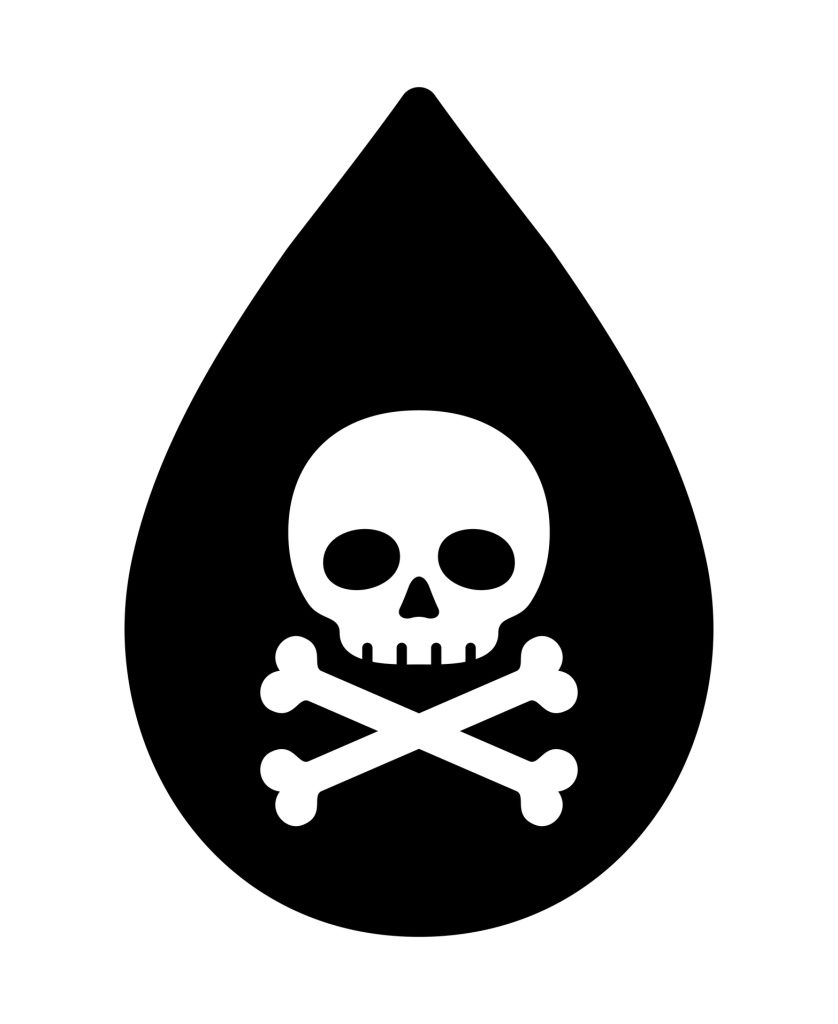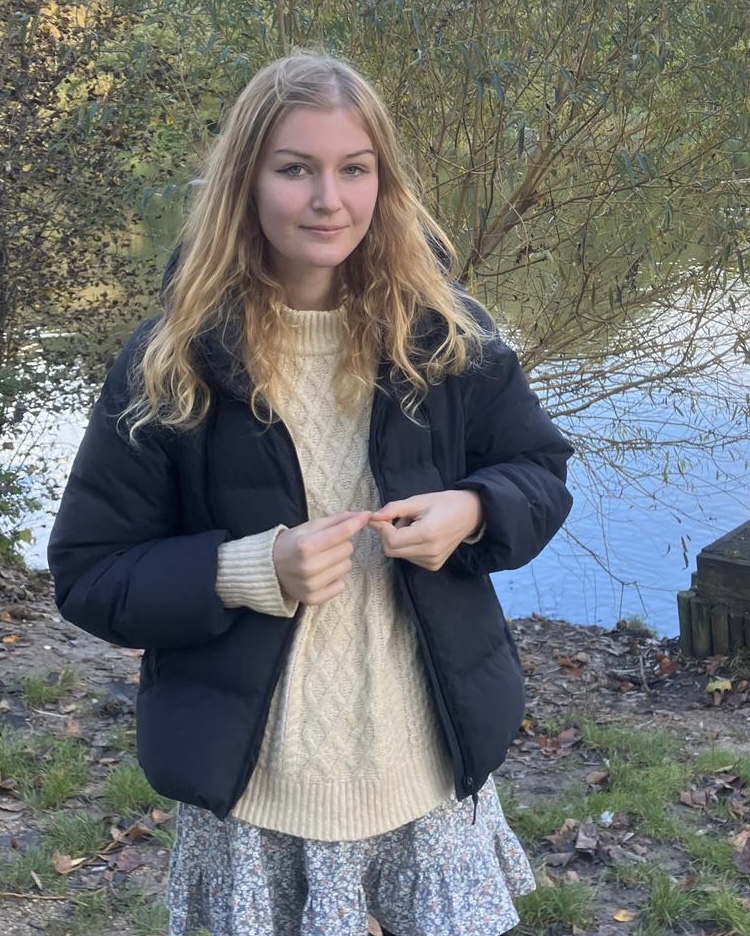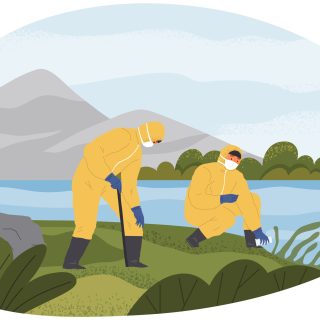
The story starts with a classic tort scenario: personal injury, a hit in the neck for Erin in a side-on collision, and a claim for damages in court. Erin is being represented by the rather drab, suit-wearing, long-suffering Ed Masry: she swears in court, up against an ‘ER doctor’, paragon of state sensibility, and loses her case. She’s out of a job, has three kids to feed, and has an injury. This could be a Breaking Bad beginning: but the potential is avoided by Erin’s own attitude. She marches into Ed’s office, demands a job, and lands one, as an office clerk.
This is when the film takes an interesting turn.
Erin, baffled by the files kept by the local water board, asks to go off on her own and do some ‘research’. She goes down, physically, to the local water board, clad in short skirt, high heels and a low-cut top, and charms the rather sleazy-looking seeming receptionist into allowing her to ‘make some copies for my boss’. What she discovers there horrifies her. The water board has record upon record detailing the contamination of the local drinking and swimming water with hexavalent chromium- a chemical that she finds out causes cancer, infertility, birth defects and numerous diseases. She finds out that the residents of Hinkley, California, the area of the contaminated groundwater, have received some compensation from the company Pacific Gas and Electrical Company (PG&E) already- but not nearly enough. And that they continue, unbeknownst, to drink chemical-ridden water, feeding it to their children and running it through their pools.

The film concerns her fight against the company, armed only with her own tenacity, charm and ability to almost single-handedly rally the support and signatures of the local residents of the polluted area, and the small firm attorney Ed Masry. Crucially, she arms herself with the fact that she isn’t a lawyer; she is shown appearing at the doors of the residents, baby in arms and children at her feet, to widespread sympathy. The legal practitioners, on the other hand, ooze unease in the small-town environment, tiptoeing in high heels over cow pats and country ground, like social robots in the face of normal conversation.
Erin wins her case, and the film portrays it as a triumph of guts, courage and natural intelligence against huge commercial money and power in the form of the corporation PG&E: a win for natural justice against the powers that be. On the surface, it seems to be won in spite of, not because, the legal practitioners who scurry around Erin.
Yet the law comes out of the film as the armour of the underrepresented. The blatant injustice of the opening court case, where Erin is discriminated against for being a single, twice-divorced mother of three, is overridden by the end, where the true purpose of tortious litigation comes to the fore.

It’s a ‘no win no fee’ scenario for Ed, who is revealed not to be the profiteer that Erin initially takes him for, but a small-town attorney working genuinely for justice.
The film ends with a list of the cases ‘Erin and Ed’ are now working on, a thrilling sense of ‘to be continued…’
Iona Makin is a current GDL student, and recent (2023) BA English graduate of Cambridge University. She is particularly interested in criminal law and personal injury. She loves long distance running and cross country, and reading long classical novels and poetry. She is also a (converted) fan of Classical Hollywood, and interested in film theory and visual culture. She is a member of the 2023-24 Lawbore journalist team.

